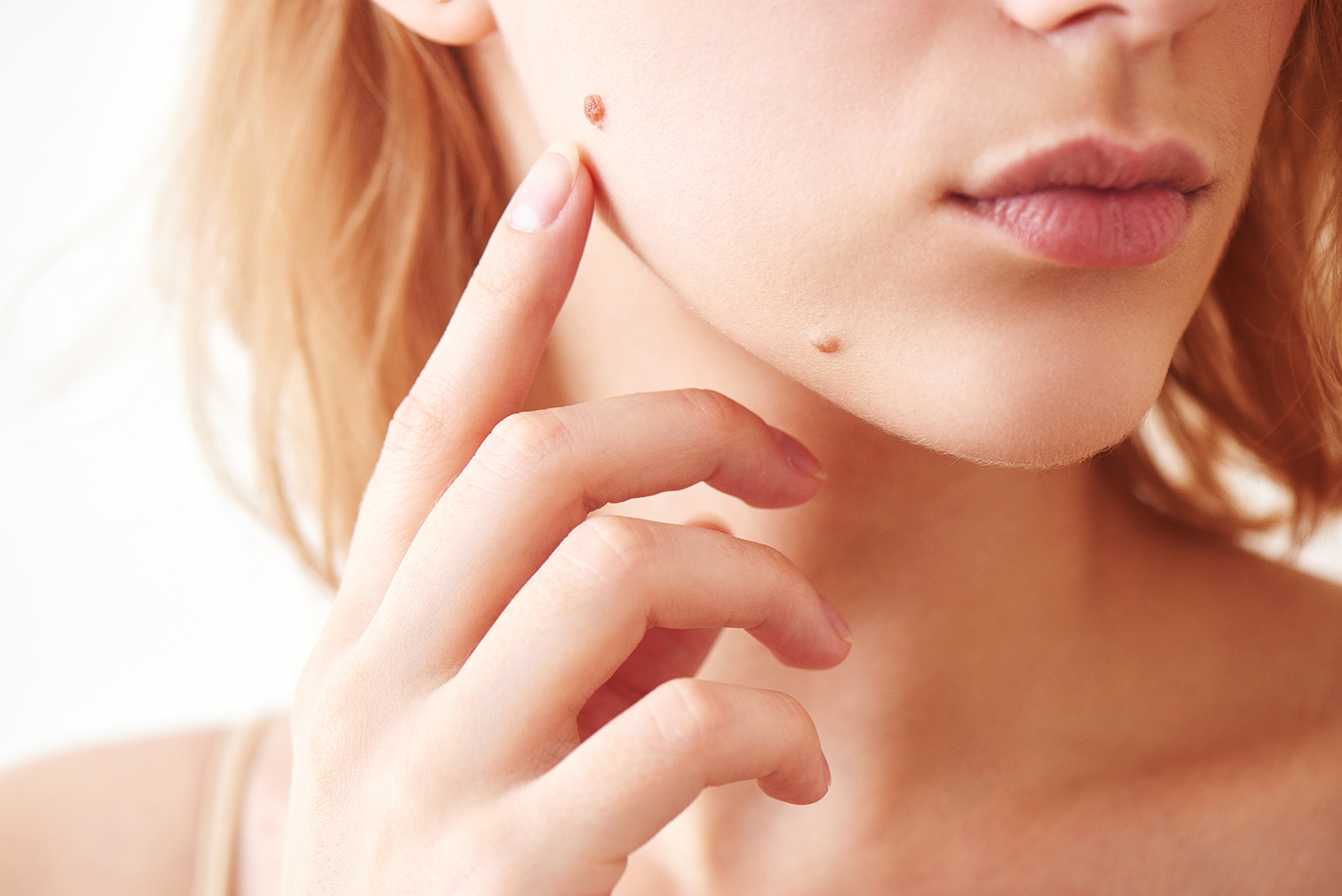From moles and skin tags to lipomas and skin rashes, Dr. Morgan is able to remove or repair skin and diagnose and treat skin conditions for medical or cosmetic purposes.
Mole Removal
Moles are removed for many different reasons. They are removed using two different techniques and the technique used depends on the desired cosmetic result:
Excision cuts around the mole with a scalpel, removes the mole completely and repairs the skin with sutures.
Shave removal uses a scalpel to remove the top part of the mole. This does not require sutures and may result in the mole growing back
All moles that are removed are sent to the Dermatopathology Lab to be examined by a pathologist. This to ensure that the mole is normal and that there are no atypical cells that may need further treatment.
Cyst Removal
Skin cysts can occur anywhere on the body. They are not dangerous but can grow larger in size over time and become inflamed. Usually the main issue with a cyst is its undesirable appearance and the risk of infection in the cyst.
Cysts are removed in the office with local anesthetic. A scalpel blade is used to cut the cyst out and sutures are placed to close the area. Careful techniques are used to remove the cyst intact. A cyst is contained in a sac and if any of the sac wall is left behind, the cyst could reform.
If a cyst is infected it cannot be removed. In this instance the cyst may need to be drained and filled with packing until healed. Sometimes a course of antibiotics may be needed. Once the cyst has healed it may be removed.
Skin Tags
Skin tags are a small flap of tissue that tend to grow in the folds of skin on the body such as the neck, under arms, under the breast and in the groin. They are not dangerous but more of a nuisance. Skin tags can become irritated, get caught on clothing or jewelry or get in the way of shaving.
Skin tags can be removed in the office with local anesthetic. Depending on the size they are removed with surgical scissors, a punch excision or a curette. They are rarely sent to the pathologist for examination. Ointment is applied to the area after excision and it heals in about 5 to 7 days.
Lipomas
Lipomas are non-cancerous fatty tumors often noticed because they bulge under the skin. They can occur anywhere fat cells are present. Injury can lead to a lipoma but there are inherited tendencies as well that lead some people to develop dozens of small lipomas.
Treatment of lipomas is not necessary unless they grow to be very large, become painful or are cosmetically undesirable. Lipomas lie under the skin or deep around the muscles. If a lipoma is under the skin, it is easily excised in the office with local anesthetic. Lipomas can be removed with liposuction but removal may beincomplete. Large lipomas under the muscle may need to be removed at the out-patient surgery center under general anesthesia.
Seborrheic Keratoses
Seborrheic keratoses are common, non-cancerous skin growths that cause scaly, raised, roughgrowths on the skin. Seborrheic keratoses can grow anywhere on the body except the palms of the hands or the soles of the feet. They begin to appear in middle age and tend to be genetic. A person can have one or many of them and if they are on the face or there are many growing on the body, most people will want them removed.
Seborrheic keratoses can be removed in the office with local anesthetic. They are shaved off with a surgical blade. This will leave a raw area and then a scab. Ointment is applied for a week or longer, depending on the location.

